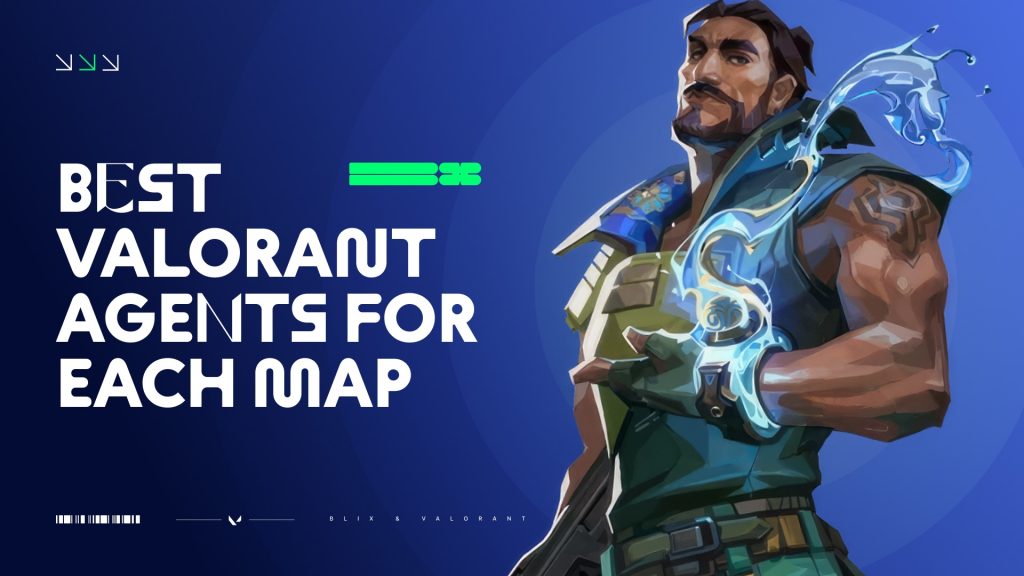We at Blix have been tracking every shift in the VALORANT team composition meta, and with the 2025 map rotation shaking things up, it’s time for an update. We’ve analyzed the best agent picks, map-specific strategies, and evolving team dynamics to break down what works (and what doesn’t) in the current landscape. (Spoiler: Utility still reigns supreme—frags alone won’t carry you.)
Heed our advice – we know one or two tricks here. Check our articles about best Duos for Bind, or “Valorant Chat Commands Every Player Should Know” for instance. So, if you’re wondering which agents dominate Icebox, how to leverage Abyss’s verticality, or why double-controller comps are still a thing, you’re in the right place. Let’s get into it—no fluff, just facts.
Contents
- 1 Highlights
- 2 Best Agents and Compositions for Each Map
- 3 Bind
- 4 Fracture
- 5 Icebox
- 6 Pearl
- 7 Lotus
- 8 Abyss
- 9 Best Agents for Bind
- 10 Best Team Composition: Raze, Brimstone, Skye, Viper, Cypher
- 11 Raze
- 12 Viper
- 13 Skye
- 14 Why It Works:
- 15 Best Agents for Fracture
- 16 Best Team Composition: Breach, Neon, Raze, Brimstone, Cypher
- 17 Breach
- 18 Neon
- 19 Why It Works:
- 20 Best Agents for Icebox
- 21 Best Team Composition: Sage, Viper, Sova, Jett, Omen
- 22 Sage
- 23 Viper
- 24 Why It Works:
- 25 Best Agents for Pearl
- 26 Best Team Composition: Fade, Astra, Killjoy, KAY/O, Jett
- 27 Fade
- 28 Astra
- 29 Why It Works:
- 30 Best Agents for Lotus
- 31 Best Team Composition: Raze, Omen, Viper, Killjoy, KAY/O
- 32 Raze
- 33 Omen
- 34 Why It Works:
- 35 Abyss
- 36 Best Team Composition: Jett, Breach, Cypher, Omen, Sova
- 37 Jett
- 38 Cypher
- 39 Why It Works:
- 40 FAQ: How Has Team Composition Strategy Evolved in VALORANT?
Highlights
- Best Agents and best Team Composition for every map in the Valorant 2024 roster
- A short analysis of each map’s nuances
- Explanation of why amd how this comp shines
- Additional: FAQ for compositions
Best Agents and Compositions for Each Map
Bind
- Best Agents: Raze, Viper, Skye
- Best Composition: Raze, Brimstone, Skye, Viper, Cypher
Fracture
- Best Agents: Breach, Neon, Raze
- Best Composition: Breach, Neon, Raze, Brimstone, Cypher
Icebox
- Best Agents: Sage, Viper, Sova
- Best Composition: Sage, Viper, Sova, Jett, Omen
Pearl
- Best Agents: Fade, Astra, Killjoy
- Best Composition: Fade, Astra, Killjoy, KAY/O, Jett
Lotus
- Best Agents: Raze, Omen, Viper
- Best Composition: Raze, Omen, Viper, Killjoy, KAY/O
Abyss
- Best Agents: Yoru, Omen, Fade
- Best Composition: Yoru, Omen, Fade, Viper, Raze
Best Agents for Bind
Bind’s teleporters enable fast rotations and create opportunities for quick site hits. Tight corners and narrow hallways favor agents who can dominate close-range engagements.
Best Team Composition: Raze, Brimstone, Skye, Viper, Cypher
Raze
Raze’s explosive kit thrives in Bind’s tight corridors, allowing her to clear common hiding spots and deal massive damage with AOE abilities.
- Benefits: Excellent for clearing tight spaces and pushing into sites.
- Downsides: Raze’s abilities need careful use; if they miss, her impact diminishes.
Viper
Viper’s smokes and walls provide incredible site control, especially in post-plant situations.
- Benefits: Amazing at cutting off vision and stalling pushes.
- Downsides: Requires setup time, making her less effective in fast-paced fights.
Skye
Skye’s flashes and healing make her an essential initiator for Bind, where her Trailblazer and Seekers can gather critical intel through the teleporters.
- Benefits: Provides robust utility and healing for sustained pushes.
- Downsides: Requires precise timing and coordination with the team to be fully effective.
Why It Works:
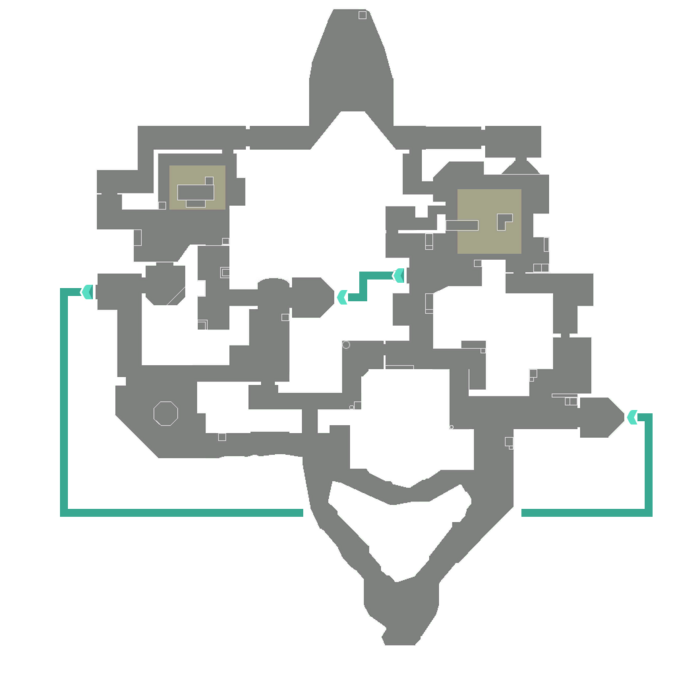
- Raze dominates Bind’s tight spaces with explosive damage and mobility.
Double-controller setup (Brimstone + Viper) provides superior site control and post-plant play.
Skye’s utility allows for fast info gathering and healing sustain.
Cypher locks down key choke points and monitors flanks effectively.
How to Make It Tick:
Use Skye’s Trailblazer before committing to site executes—it clears close angles for Raze.
Brimstone’s smokes + Viper’s wall create layered cover, making site hits hard to contest.
Raze thrives when paired with Skye’s flashes—swing off them for easy kills.
Cypher should always hold a teleporter or flank route, ensuring no backstabs disrupt the push.
Best Agents for Fracture
Fracture
Fracture’s unique layout, with two attack points for each site, encourages fast rotations and chaotic engagements. The map’s tight spaces benefit agents who can clear corners or disrupt enemy positioning.
Best Team Composition: Breach, Neon, Raze, Brimstone, Cypher
Breach
Breach’s stuns and flashes dominate Fracture’s tight lanes, allowing him to initiate fights or stop pushes with ease.
- Benefits: Strong utility for initiating site takes or stalling pushes.
- Downsides: Breach relies heavily on team coordination and timing, making him less effective in solo play.
Neon
Neon’s speed makes her a perfect fit for Fracture, where fast flanks and quick site entries can catch defenders off guard.
- Benefits: Extreme mobility and fast site entry.
- Downsides: Struggles against well-timed utility, which can disrupt her momentum.
Why It Works:
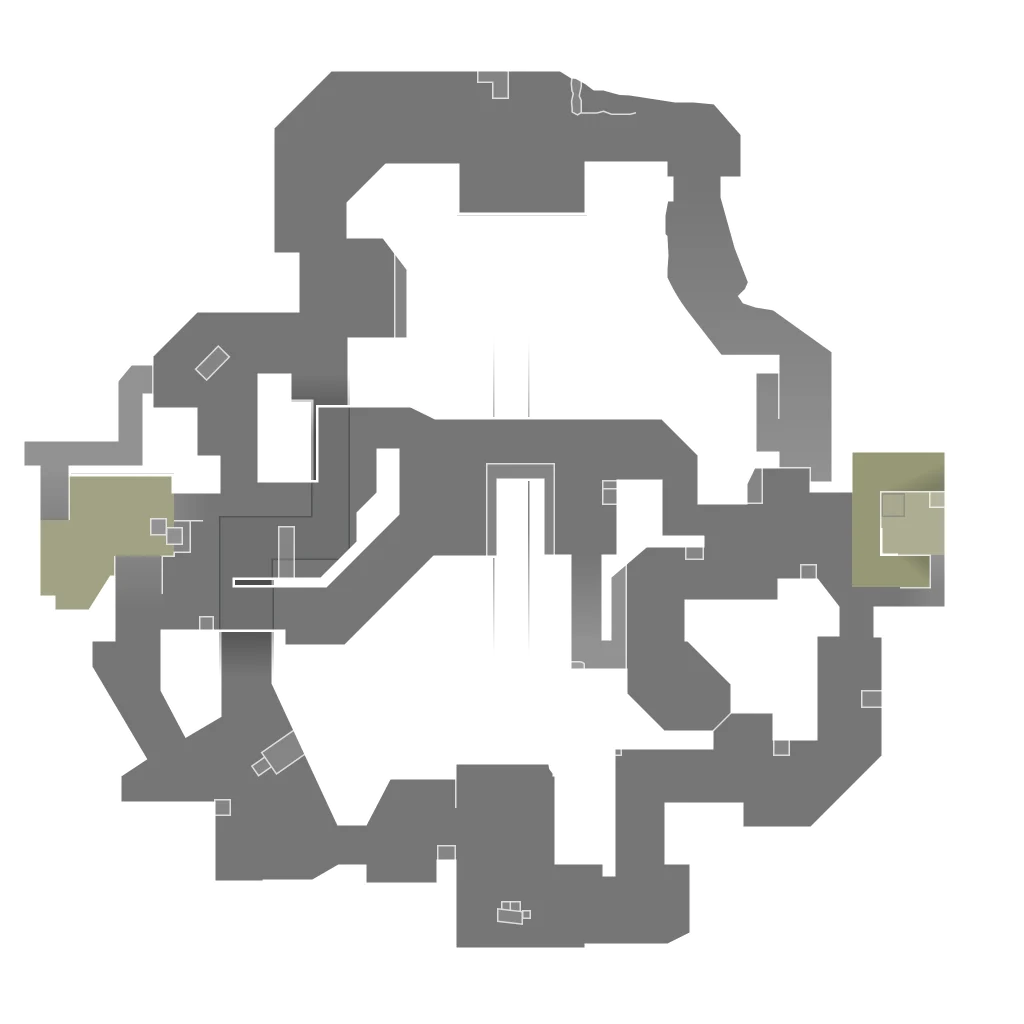
- Breach + Neon = instant aggression—Breach’s utility lets Neon storm into sites fast.
- Raze complements the chaos with explosive utility that clears corners.
- Brimstone provides smokes for executes, crucial for splitting defenders.
- Cypher holds the flanks, preventing defenders from pinching attackers.
How to Make It Tick:
Neon leads the charge, using Breach’s Flashpoint and Fault Line to clear entry points.
Breach and Brimstone combine their ultimates for a near-unstoppable site take.
Raze should play off the distractions, using her satchels to dive into weakened enemies.
Cypher stays back to anchor and provide recon, ensuring no sneaky rotations.
Best Agents for Icebox
Icebox
Icebox is known for its verticality, with ziplines and high structures making mobility crucial. The map’s tight chokepoints also demand agents who can lock down space and provide cover.
An honest review of Icebox (After playing it for the first time) – Reddit
Best Team Composition: Sage, Viper, Sova, Jett, Omen
Sage
Sage’s wall is crucial for blocking off Icebox’s narrow entry points and securing safe Spike plants. Her healing keeps the team sustained in long duels.
- Benefits: Strong in both offense and defense, particularly for securing post-plants.
- Downsides: Her utility can be neutralized by enemies with long-range abilities like Sova or Jett.
Viper
Viper’s ability to block sightlines with her Toxic Screen and Viper’s Pit makes her ideal for Icebox’s vertical map control.
- Benefits: Excellent site control, especially in post-plant scenarios.
- Downsides: Viper’s effectiveness drops if her abilities are mistimed or misused.
Why It Works:

- Sage provides site control with walls that create safe plant zones.
- Viper’s smokes dominate post-plants, making retakes miserable for defenders.
- Sova’s recon tools scan long sightlines, a must for Icebox’s open spaces.
- Jett is the key duelist, taking aggressive Operator angles or fast site entries.
- Omen’s smokes are flexible, helping isolate fights and covering mid control.
How to Make It Tick:
Use Viper’s Toxic Screen to cut off enemy vision before committing to a plant.
Sova’s drone or recon bolt should be used before Jett dashes in—no blind entries.
Sage’s wall should be placed smartly in post-plants, preventing easy defuses.
Omen should play unpredictable angles, using his teleport to reposition mid-round.
Best Agents for Pearl
Pearl
Pearl is a large, open map that requires teams to balance map control and utility. Long sightlines and narrow chokepoints reward agents who can gather information and control space.
Best Team Composition: Fade, Astra, Killjoy, KAY/O, Jett
Fade
Fade’s kit excels on Pearl’s long sightlines, allowing her to force enemies out of key positions and disrupt their setups.
- Benefits: Great for gathering intel and forcing enemy movement.
- Downsides: Requires well-timed utility usage to be fully effective.
Astra
Astra’s global smokes and Gravity Well help her control the map’s broad, open spaces and tight chokepoints.
- Benefits: Strong map control with her ability to influence multiple areas simultaneously.
- Downsides: Can feel slow and passive, making her vulnerable to aggressive playstyles.
Why It Works:
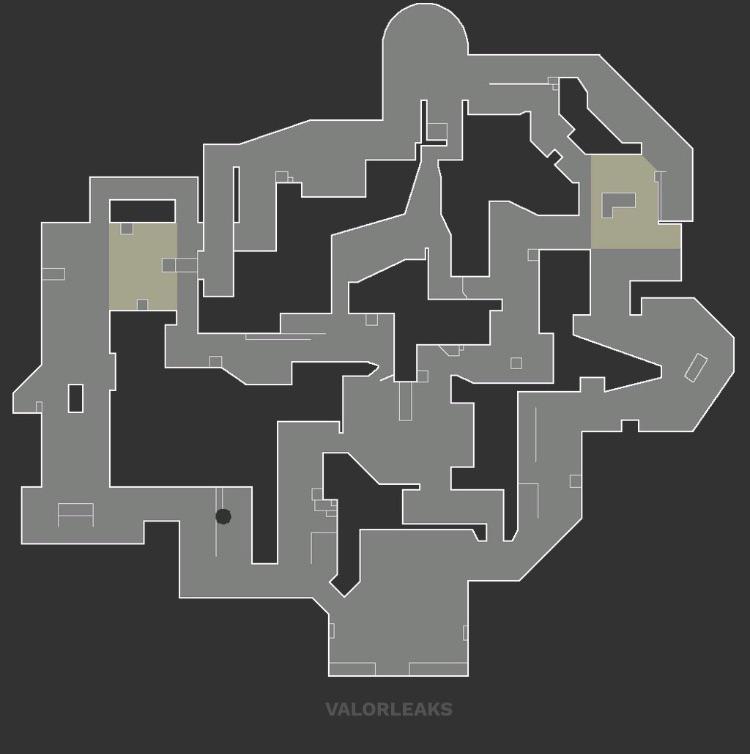
- Fade’s Haunt and Prowlers scan Pearl’s long sightlines and corners.
- Astra’s stars provide map-wide control, slowing enemy advances.
- Killjoy’s turret and lockdown are perfect for securing sites.
- KAY/O counters utility-heavy teams, forcing fights instead of setups.
- Jett enables aggressive plays, taking early map control or diving onto sites.
How to Make It Tick:
KAY/O should open fights with his suppression blade, making site hits easier.
Astra’s Gravity Well + Killjoy’s Nanoswarms create unplayable post-plant zones.
Fade’s Prowlers should clear deep angles before Jett commits.
Jett’s Operator should control Pearl’s long-range fights, ensuring safe rotations.
Best Agents for Lotus
Lotus
Lotus, with its three bomb sites and tight angles, demands quick rotations and smart control over chokepoints. It rewards teams that can quickly adapt and cover multiple areas.
Any advice on Lotus? Really struggling rn. : r/VALORANT – Reddit
Best Team Composition: Raze, Omen, Viper, Killjoy, KAY/O
Raze
Raze’s AOE damage is invaluable in Lotus’s tight, confined spaces. Her grenades and Boom Bot can clear enemies out of choke points.
- Benefits: Strong in controlling tight areas and clearing space with her explosives.
- Downsides: Can struggle in more open areas if her abilities are wasted.
Omen
Omen’s teleportation and smokes give him great flexibility on Lotus, where his ability to block sightlines and make surprise plays is crucial.
- Benefits: Versatile playstyle with strong site-smoke utility and rotation potential.
- Downsides: Requires good timing and positioning to maximize his impact.
Why It Works:
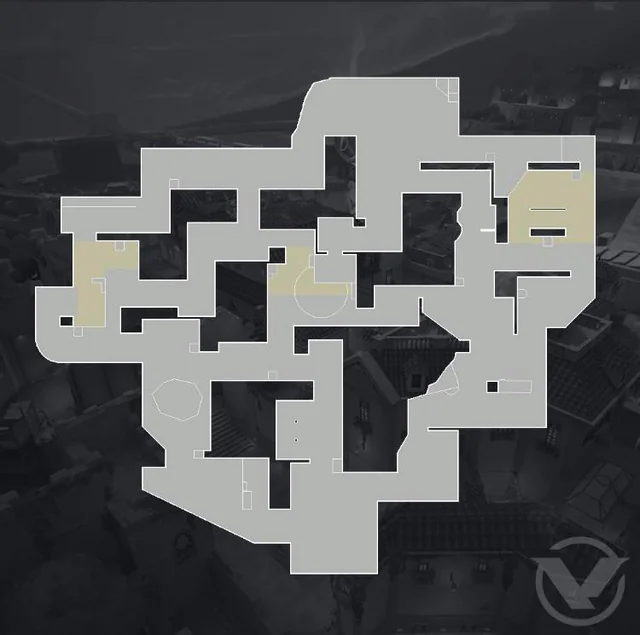
- Raze thrives in Lotus’s tight spaces, using her Boom Bot and Nades to clear defenders.
- Omen provides flexible smoke coverage for quick rotations.
- Viper locks down sites, making post-plants strong.
- Killjoy secures flanks and chokepoints, crucial for defending multiple sites.
- KAY/O’s suppression counters defensive setups, making retakes easier.
How to Make It Tick:
Use Omen’s Paranoia before Raze satchels in, blinding defenders.
Viper should control B or C site, where her Toxic Screen covers multiple angles.
Killjoy should hold the other site, with her Lockdown being game-changing on Lotus.
KAY/O should be aggressive in entry fights, forcing defenders to play without utility.
Abyss

Abyss, introduced as VALORANT’s eleventh map, offers a unique battlefield with its open boundaries and vertical design. Players must navigate carefully, as falling off the map results in elimination. The map’s layout includes two spike sites connected by a central area, with multiple ascenders facilitating movement between levels. This structure emphasizes the importance of vertical control and spatial awareness.
Best Team Composition: Jett, Breach, Cypher, Omen, Sova
Jett
- Benefits: Jett’s agility allows her to exploit Abyss’s verticality, accessing elevated positions for strategic advantages.
- Downsides: Her aggressive playstyle requires precise execution; mistimed maneuvers can lead to self-elimination due to the map’s open edges.
Breach
- Benefits: Breach’s abilities can displace enemies, potentially pushing them off the map. His stuns and aftershocks are effective in controlling tight spaces and chokepoints.
- Downsides: Requires team coordination to maximize the impact of his abilities; solo plays may not fully utilize his potential.
Cypher
- Benefits: Cypher’s surveillance tools are invaluable for monitoring Abyss’s multiple pathways, providing crucial intel on enemy movements.
- Downsides: His gadgets are stationary; if not placed strategically, they can be easily bypassed or destroyed.
Why It Works:

- Yoru thrives on Abyss’s verticality, using his teleport to surprise enemies.
- Omen provides essential smokes and unpredictable teleport plays.
- Fade’s Haunt and Prowlers clear tricky angles, which is crucial on this map.
- Viper’s wall controls long sightlines and is strong for post-plant play.
- Raze dominates the map’s small spaces, using satchels for mobility and area denial.
How to Make It Tick:
Yoru should use his teleport to take unexpected angles, constantly disorienting opponents.
Fade’s utility should clear the way for Raze’s aggressive entries.
Viper’s utility should focus on sectioning off key parts of the map, making retakes difficult.
Omen should use his teleport unpredictably, adding another layer of deception.
FAQ: How Has Team Composition Strategy Evolved in VALORANT?
How were team compositions structured in early VALORANT?
Teams realized that controlling space and delaying pushes was just as crucial as securing frags. Instead of running two duelists, compositions started favoring agents like Viper, Killjoy, and Astra, who could dictate the pace of rounds through smokes, traps, and area denial. The shift emphasized that winning isn’t just about eliminations but about creating favorable fights.
Why did utility become more important than raw firepower?
Teams realized that controlling space and delaying pushes was just as crucial as securing frags. Instead of running two duelists, compositions started favoring agents like Viper, Killjoy, and Astra, who could dictate the pace of rounds through smokes, traps, and area denial. The shift emphasized that winning isn’t just about eliminations but about creating favorable fights.
Why did double-controller compositions become popular?
Originally, teams relied on a single controller (like Omen or Brimstone) for site executes. However, with the rise of Viper, Harbor, and Astra, teams began running two controllers on maps like Icebox or Breeze. This allowed:
Stronger post-plants – Controllers excel in stalling retakes with vision denial.
Better site control – More smokes to cut off vision and delay rotations.
Flexible attack strategies – Multiple points of entry and unpredictable setups.
How Did Map-Specific Compositions Change the Meta?
As the competitive map pool evolved, teams stopped using the same five-agent setup across all maps and started tailoring their compositions based on each map’s unique design:
- Fracture & Bind → Require heavy crowd control and initiators → Breach, Skye, and Raze dominate due to tight spaces and fast executes.
- Icebox & Abyss → Favor vertical mobility and recon → Jett, Sova, and Omen excel in controlling open spaces and elevated angles.
- Lotus & Haven → Reward double-controller setups → Harbor, Viper, and Astra provide layered smoke control for complex site executions.
- Pearl → Requires long-range scouting and site lockdown → Fade, Killjoy, and Astra thrive in controlling deep sightlines and slowing enemy advances.
By adapting compositions to match map-specific needs, teams maximize utility efficiency, counter enemy setups more effectively, and create stronger win conditions.
How did KAY/O change the way teams build compositions?
Before KAY/O, abilities dictated fights—utility-based executes often decided rounds before bullets were even fired. KAY/O’s suppression abilities changed this by:
Disrupting initiators like Sova and Skye, preventing them from gathering intel.
Forcing engagements where aim takes priority over abilities.
Shutting down defensive utility (Killjoy setups, Sage walls, or Astra stars).
What’s the biggest takeaway from VALORANT’s evolving meta?
Teams now prioritize utility, adaptability, and synergy over pure fragging power. While duels still matter, compositions are built around controlling space, countering enemy setups, and playing to each map’s strengths.
What is the impact of specialized agent roles?
With an expanded agent pool, teams no longer stick to rigid composition templates. Instead, they prioritize agent synergy based on specific map needs:
KAY/O is crucial against utility-heavy teams → His suppression forces gunfights over ability-based duels.
Neon dominates Fracture → Speed allows rapid flanks and site entry.
Harbor & Viper excel on Lotus → Their smokes complement each other for layered control.


